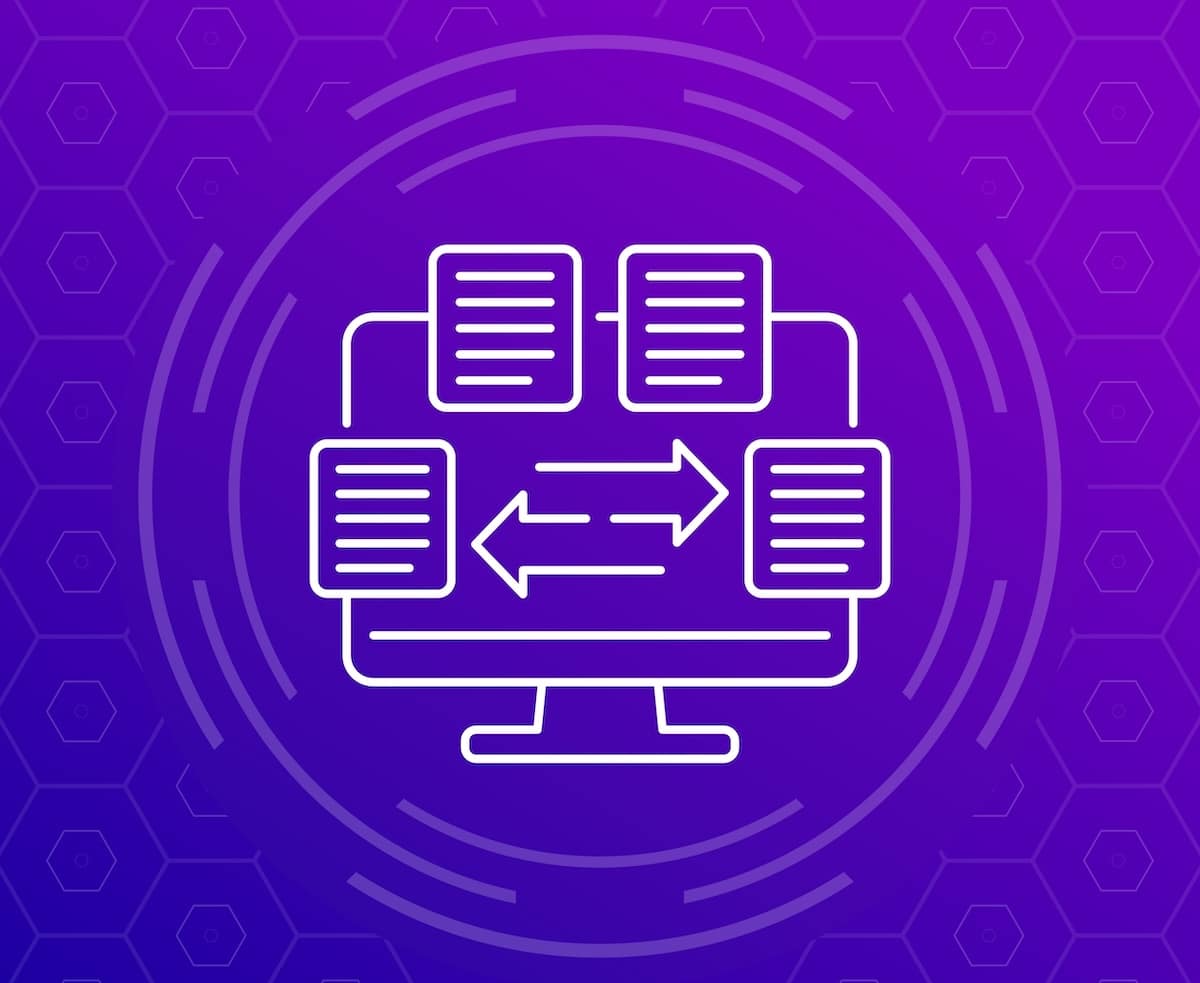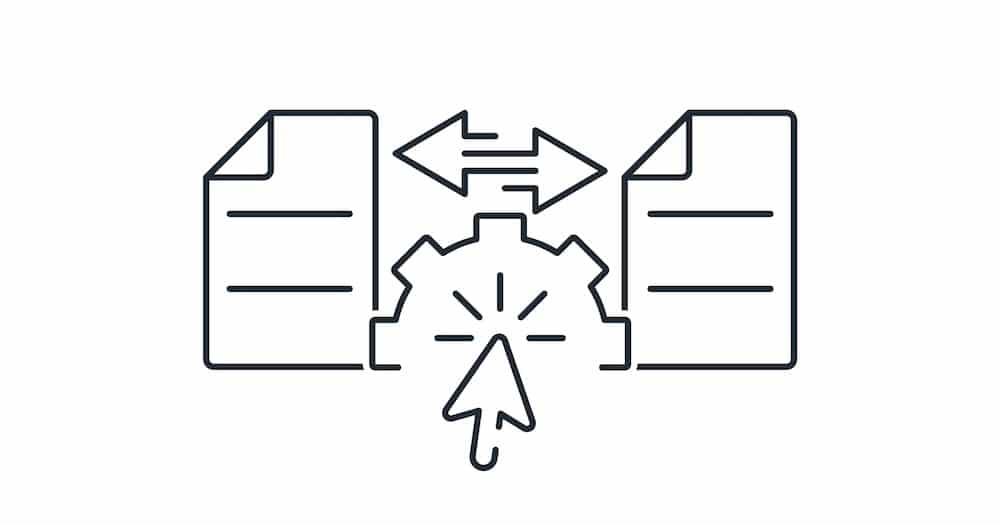Unlock the power of EDIFACT with our comprehensive guide. Learn everything you need to know about this electronic data interchange (EDI) standard and how to implement it effectively in your business.
Electronic Data Interchange for Administration, Commerce, and Transport (EDIFACT) is a standardized format for exchanging electronic business documents. In this ultimate guide, we will explore the basics of EDIFACT, understand its structure, learn how to implement it in your business, discover different EDIFACT standards and versions, and explore the future of this data exchange format.
Understanding the Basics of EDIFACT
Before diving into the complexities of EDIFACT, let’s start with the fundamentals. What exactly is EDIFACT?
EDIFACT is an international standard for Electronic Data Interchange (EDI). It was developed by the United Nations to facilitate the exchange of business documents between different trading partners.
What is EDIFACT?
EDIFACT stands for Electronic Data Interchange for Administration, Commerce, and Transport. It provides a set of rules, syntax, and standards for exchanging structured business data electronically.
One of the key features of EDIFACT is its ability to standardize the format of electronic documents, such as purchase orders, invoices, and shipping notices. This standardization ensures that all trading partners use a common language when exchanging information, reducing the risk of errors and misinterpretations.
Furthermore, EDIFACT supports the use of different message types and data elements, allowing for flexibility in the types of information that can be exchanged. This adaptability makes EDIFACT suitable for a wide range of industries and business processes, from retail and manufacturing to logistics and finance.
The Importance of EDIFACT in Business
Nowadays, businesses rely heavily on electronic data exchange to streamline their operations and improve efficiency. EDIFACT plays a vital role in this process by providing a standardized format for exchanging business documents.
The use of EDIFACT ensures that data can be exchanged seamlessly between different systems, regardless of the software or hardware used. This promotes interoperability and reduces barriers to trade.
Moreover, EDIFACT helps businesses save time and resources by automating the exchange of information. By using EDIFACT-compliant systems, companies can eliminate manual data entry, reduce processing errors, and accelerate the speed at which transactions are conducted.
The Structure of EDIFACT Messages
EDIFACT messages are structured in a specific way, following a predefined syntax. Understanding this structure is essential for effectively working with EDIFACT messages.
When delving into the components of an EDIFACT message, it is crucial to start with the interchange header. This header contains information about the sender and receiver of the message, as well as details such as the date and time of transmission. Moving on to the functional group header, it acts as a container for messages related to a particular business process or function. The message header, on the other hand, provides specifics about the type of message being transmitted, such as an order or an invoice. The message body contains the actual data being exchanged, while the interchange trailer signals the end of the message.
The Components of an EDIFACT Message
An EDIFACT message comprises various components, including the interchange header, functional group header, message header, message body, and interchange trailer. Each of these components serves a specific purpose in the exchange of business data.
Understanding the intricacies of each component is vital for seamless communication within the EDI framework. The interchange header, for instance, sets the stage for the entire message exchange by outlining the basic transmission details.
Moving down the hierarchy, the functional group header helps in grouping related messages together, streamlining the processing of data. The message header plays a pivotal role in identifying the nature of the message, enabling efficient routing and processing. As for the message body, it contains the core information being shared, such as product details or financial transactions.
Lastly, the interchange trailer acts as a safety net, ensuring that the message is complete and error-free.
EDIFACT Syntax
The syntax of an EDIFACT message is characterized by segments, composite data elements, and simple data elements. Understanding the syntax is crucial for interpreting the data contained within an EDIFACT message.
Segments are the building blocks of an EDIFACT message, representing specific pieces of information such as addresses or item details. Composite data elements combine multiple related data points into a single unit, enhancing the organization and clarity of the message. Simple data elements, on the other hand, represent individual pieces of data, like quantities or prices.
Mastering the syntax allows for accurate parsing and utilization of the data within EDIFACT messages, facilitating smooth business transactions and information exchange.
Implementing EDIFACT in Your Business
Once you have a good grasp of the basics and structure of EDIFACT, it is time to implement it in your business processes. The following steps can help you get started.
Steps to Implement EDIFACT
- Assess your business requirements: Determine the specific business processes where EDIFACT can bring the most value.
- Select an EDI provider: Choose a reliable EDI service provider that can support your EDIFACT implementation.
- Analyze your systems: Evaluate your existing systems and identify any necessary changes to accommodate EDIFACT.
- Map your data: Create mappings between your internal data formats and the EDIFACT standard.
- Test and validate: Implement EDIFACT in a controlled environment and thoroughly test its functionality.
- Go live: Once everything is in place and validated, start using EDIFACT for real-time data exchange.
Implementing EDIFACT in your business can be a complex process, but by following these steps, you can ensure a smooth transition. Let’s dive deeper into each step:
1. Assess your business requirements
Before implementing EDIFACT, it is crucial to assess your business requirements and identify the areas where EDIFACT can bring the most value. Determine which business processes can benefit from the standardization and automation that EDIFACT offers. This evaluation will help you prioritize your implementation efforts and focus on the areas that will have the most significant impact on your business.
2. Select an EDI provider
Choosing the right EDI service provider is essential for a successful EDIFACT implementation. Look for a provider that has experience in implementing EDIFACT and can offer the necessary support throughout the process. Consider factors such as reliability, scalability, and customer reviews when making your decision. A reliable EDI provider will help you navigate the complexities of EDIFACT and ensure a seamless integration with your existing systems.
3. Analyze your systems
Before implementing EDIFACT, it is crucial to analyze your existing systems and identify any necessary changes or upgrades to accommodate the new standard. Evaluate your current infrastructure, software applications, and data formats to determine if any modifications are required. This analysis will help you understand the impact of EDIFACT on your systems and plan for any necessary adjustments.
4. Map your data
Mapping your data involves creating a translation between your internal data formats and the EDIFACT standard. This step is crucial to ensure seamless data exchange between your systems and your trading partners. Work closely with your EDI provider to define the mapping rules and ensure that all relevant data elements are properly mapped. Thoroughly test the mappings to ensure accuracy and compliance with the EDIFACT standard.
5. Test and validate
Before going live with EDIFACT, it is essential to test and validate the implementation in a controlled environment. This testing phase allows you to identify and resolve any issues or discrepancies before real-time data exchange begins. Thoroughly test the functionality of your EDIFACT implementation, including data transmission, message validation, and error handling. Collaborate with your trading partners to conduct end-to-end testing and ensure seamless integration.
6. Go live
Once everything is in place and validated, it’s time to go live with EDIFACT for real-time data exchange. Monitor the initial transactions closely to ensure smooth operations and address any issues that may arise. Continuously monitor and evaluate the performance of your EDIFACT implementation to optimize efficiency and make any necessary adjustments.
Common Challenges and Solutions in EDIFACT Implementation
Implementing EDIFACT in your business may come with certain challenges. Here are some common challenges and their possible solutions:
- Integration complexity: EDIFACT implementation may require integrating with multiple systems. Use middleware or integration platforms to simplify this process. These platforms act as intermediaries, facilitating seamless communication between different systems and ensuring a smooth integration.
- Data validation: Ensure that the data exchanged through EDIFACT is validated against relevant business rules and constraints. Implement robust data validation mechanisms to verify the accuracy, completeness, and integrity of the data. This will help prevent errors and ensure that only valid data is processed.
- Upgrading and maintenance: Stay up-to-date with the latest EDIFACT versions and regularly maintain your EDIFACT infrastructure. Keep track of any updates or changes in the standard and ensure that your systems are compatible. Regular maintenance and updates will help you leverage the full potential of EDIFACT and ensure smooth operations.
By being aware of these common challenges and implementing the suggested solutions, you can overcome potential obstacles and ensure a successful EDIFACT implementation in your business.
EDIFACT Standards and Versions
EDIFACT has evolved over the years, with different versions and standards catering to specific industries and regions.
Overview of EDIFACT Standards
The EDIFACT standard encompasses a wide range of business processes, including procurement, logistics, finance, and more. Each standard defines the structure and content of EDIFACT messages related to a specific business process.
Understanding Different EDIFACT Versions
The EDIFACT versions differ based on the release year and updates made to the standard. Common versions include D.93A, D.94A, D.95A, and so on. Each version introduces improvements, bug fixes, and new functionalities.
The Future of EDIFACT
As technology advances and new data exchange formats emerge, what does the future hold for EDIFACT?
Emerging Trends in EDIFACT
Despite the emergence of newer formats like XML and JSON, EDIFACT continues to be widely used in many industries. However, there are some emerging trends that are shaping the future of EDIFACT:
- Increased automation: With advancements in artificial intelligence and robotic process automation, EDIFACT exchanges are becoming more automated and efficient.
- Integration with modern technologies: EDIFACT is being integrated with modern technologies like cloud computing and blockchain to enhance security, scalability, and traceability.
EDIFACT vs. Modern Data Exchange Formats
While EDIFACT continues to be a reliable and widely adopted data exchange format, it faces competition from modern formats like XML and JSON. These newer formats offer more flexibility and are easier to work with in certain scenarios.
However, it is important to note that EDIFACT has a large existing user base and a proven track record of reliability and interoperability. Hence, it is likely to coexist with modern formats for the foreseeable future.
Enhance Your EDIFACT Implementations with Comparatio’s EDI Solutions
As you delve into the capabilities of EDIFACT for your business, consider how Comparatio’s tailored EDI solutions can elevate your data exchange processes. Our systems are specifically designed to integrate seamlessly with the EDIFACT standard, enhancing both the efficiency and security of your electronic data exchanges.
Key Advantages of Comparatio’s EDI Solutions:
- Extensive Format Support: Our platforms handle a wide array of data formats, including X12, cXML, CSV, and Tab Delimited, ensuring compatibility with diverse industry standards alongside EDIFACT.
- Customizable Workflows: Tailored to meet the specific needs of various logistical setups, our EDI solutions offer custom workflows for 2PL, 3PL, or 4PL setups, providing the flexibility required for complex data exchange scenarios.
- Robust Monitoring and Control: Equipped with a user-friendly interface, our EDI Cloud Portal allows for real-time monitoring and management of transactions, enhancing transparency and control over your data exchanges.
Rapid Deployment and Scalability: Our systems are designed for quick implementation, typically ready within 2-3 weeks, and scalable to accommodate your business growth without significant new investments in infrastructure.
By integrating Comparatio’s EDI solutions with your EDIFACT implementations, you ensure not only compliance with international standards but also gain a competitive edge through enhanced operational efficiency and security.
Explore the Possibilities:
Unlock the full potential of your EDI operations with Comparatio. Explore our website today to discover how our solutions can streamline and secure your business communications in line with EDIFACT standards.
Conclusion
In conclusion, EDIFACT stands as a pivotal tool for electronic data interchange across diverse industries, enabling streamlined and standardized communication. Understanding its structure, capabilities, and the process of implementation helps businesses to leverage this powerful standard to enhance operational efficiency and data accuracy.
With the evolving needs of modern commerce, integrating robust solutions like Comparatio’s EDI services can further optimize these benefits. Our solutions complement EDIFACT’s capabilities by ensuring seamless data exchanges, providing customization to fit unique business needs, and enhancing security measures.
Take Action Now:
Don’t miss the opportunity to transform your data exchange processes with advanced EDI solutions tailored to support EDIFACT standards. Contact us to learn more and start optimizing your business communications today.




